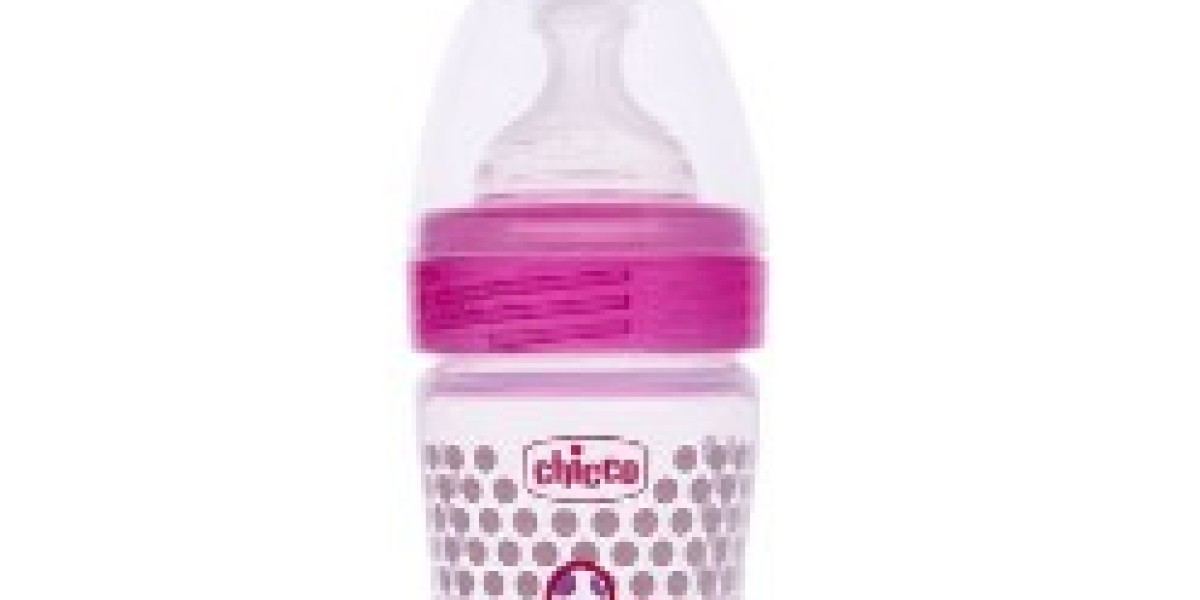Selecting the right feeding bottle is a crucial decision for new parents. With numerous options available on the market, finding the perfect feeding bottle that meets your baby's needs while ensuring comfort and health can be overwhelming. Here’s a comprehensive guide to help you choose the ideal feeding bottle, considering various factors that contribute to your baby’s feeding experience.
1. Material Matters: Safety and Durability
Feeding bottles are typically made from three primary materials: plastic, glass, and silicone. Each material has its pros and cons:
Plastic: Lightweight and virtually unbreakable, plastic bottles are a popular choice among parents. However, it’s essential to choose BPA-free options, as BPA (bisphenol A) can seep into liquids and pose health risks. High-quality plastic bottles are durable and can withstand repeated use.
Glass: Glass feeding bottles are considered a safe option because they are free from chemicals like BPA. They are easy to clean and do not retain odors or flavors. However, they can be heavier and more prone to breakage, so caution is needed when handling.
Silicone: Silicone feeding bottles are flexible and lightweight, making them ideal for travel. They are typically easy to clean and come in various colors and designs. Look for high-quality, food-grade silicone to ensure safety.
2. Nipple Shape and Flow Rate
The nipple is a critical component of a feeding bottle, as it directly affects your baby's feeding experience. Here are key considerations when choosing the right nipple:
Shape: Nipples come in various shapes, including orthodontic, traditional, and wide-neck designs. Orthodontic nipples are designed to promote healthy oral development, while traditional shapes may be more familiar to your baby. Experimenting with different shapes can help you determine which one your baby prefers.
Flow Rate: Nipple flow rates can vary from slow to fast, depending on your baby's age and feeding style. Newborns typically require a slow flow rate to prevent choking, while older infants may need a faster flow. Many brands offer nipples with adjustable flow rates, allowing you to customize the feeding experience as your baby grows.
3. Ease of Cleaning
Keeping feeding bottle clean is essential for your baby’s health. Consider the following when selecting a feeding bottle:
Wide Neck Bottles: Bottles with wide necks are generally easier to clean and allow you to reach all areas of the bottle with a brush. This can help prevent the buildup of milk residue and bacteria.
Dishwasher Safe: If you prefer the convenience of a dishwasher, check if the feeding bottle is dishwasher-safe. This feature can save you time and effort, especially during busy days.
Fewer Parts: Some feeding bottles come with complex designs and numerous parts, making cleaning more challenging. Opt for bottles with fewer components to simplify the cleaning process.
4. Size and Capacity
Feeding bottles come in various sizes, typically ranging from 4 oz to 8 oz and larger. Here’s how to determine the right size for your baby:
Newborns: Smaller bottles (4 oz) are ideal for newborns, as they consume smaller amounts of milk at each feeding. As your baby grows and their appetite increases, you can transition to larger bottles (8 oz or more).
Portability: If you plan to travel or go out frequently, consider smaller bottles that are easier to carry. Some parents prefer to have both small and large bottles for different situations.
5. Anti-Colic Features
Colic can be a concern for many new parents. To help reduce the chances of colic or gas during feeding, look for feeding bottles with anti-colic features. These bottles typically have:
Vented Nipples: Vented nipples allow air to flow back into the bottle while your baby is feeding, reducing the risk of creating a vacuum and preventing gas bubbles from forming.
Built-In Ventilation Systems: Some bottles come with advanced ventilation systems designed to minimize air intake during feeding. These systems can help create a more comfortable feeding experience for your baby.
6. Style and Design
While functionality is crucial, the style and design of the feeding bottle can also play a role in your selection. Many brands offer bottles in a variety of colors, shapes, and patterns, allowing you to choose one that appeals to you and your baby. Additionally, some feeding bottles are designed to mimic the breast, which may help ease the transition for breastfed babies.
7. Budget Considerations
Feeding bottles are available at various price points, so it’s essential to find a balance between quality and affordability. While it’s tempting to go for the cheapest option, investing in high-quality feeding bottles can make a significant difference in your baby’s feeding experience and health. Look for bottles that offer good value without compromising on safety and functionality.
Conclusion
Choosing the perfect feeding bottle is an important step in your parenting journey. By considering the material, nipple shape and flow rate, ease of cleaning, size, anti-colic features, style, and budget, you can find a feeding bottle that ensures your baby’s comfort and health. Remember that each baby is unique, so it may take some experimentation to find the right bottle for your little one. With the right feeding bottle in hand, you can enjoy peaceful feeding times, knowing your baby is comfortable and happy.










